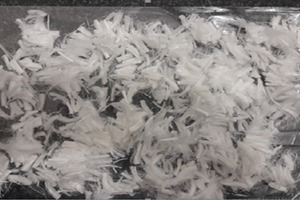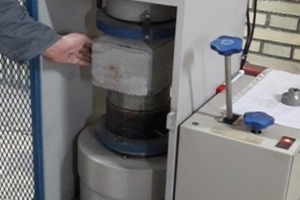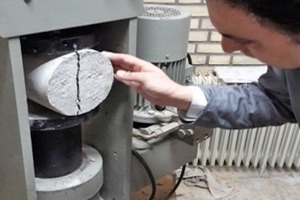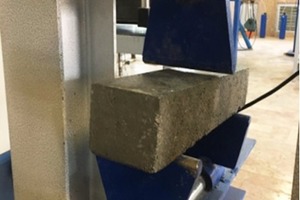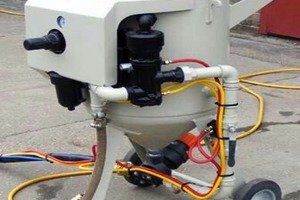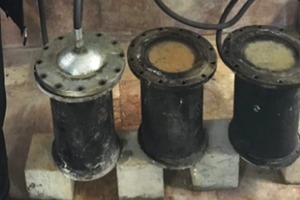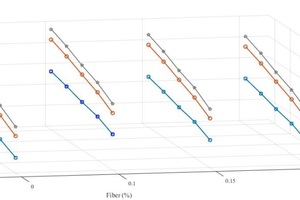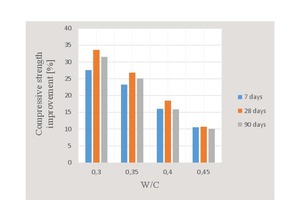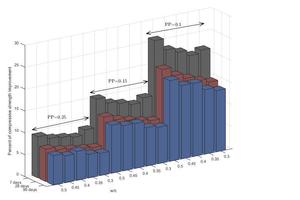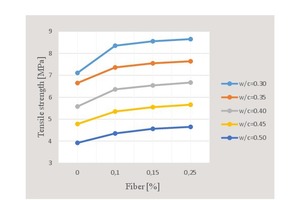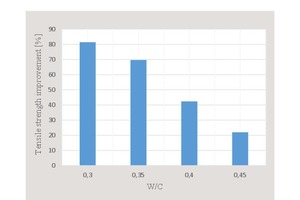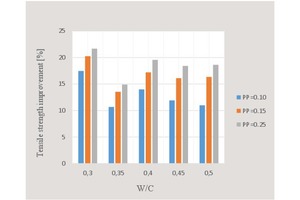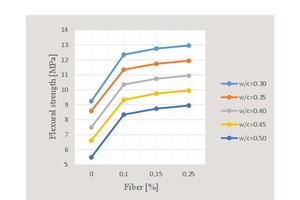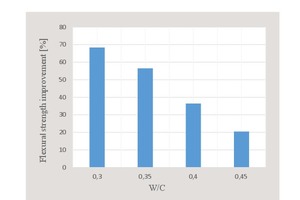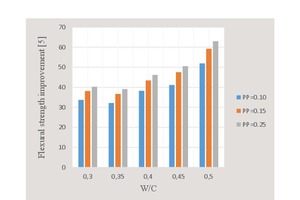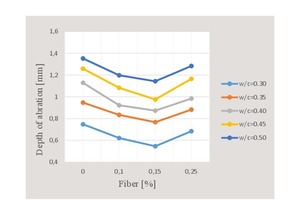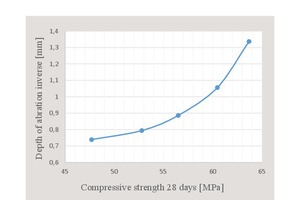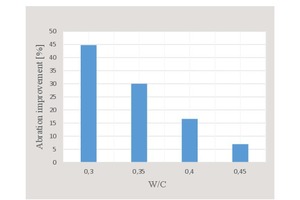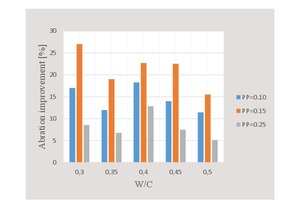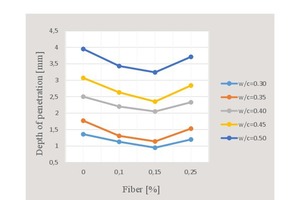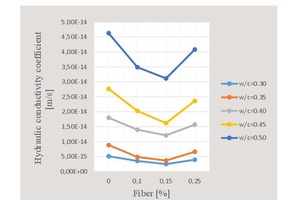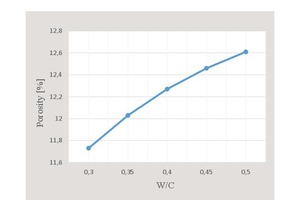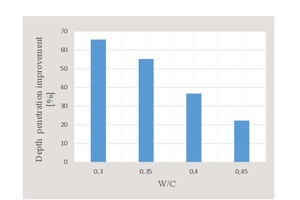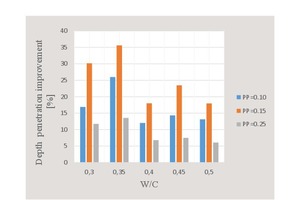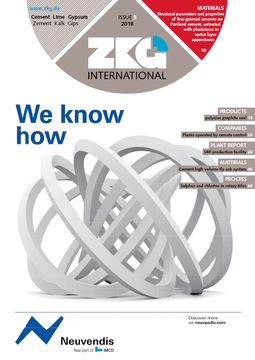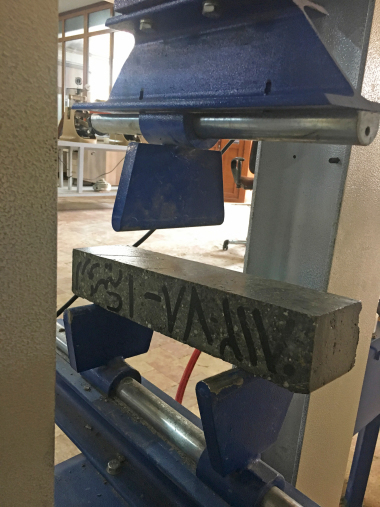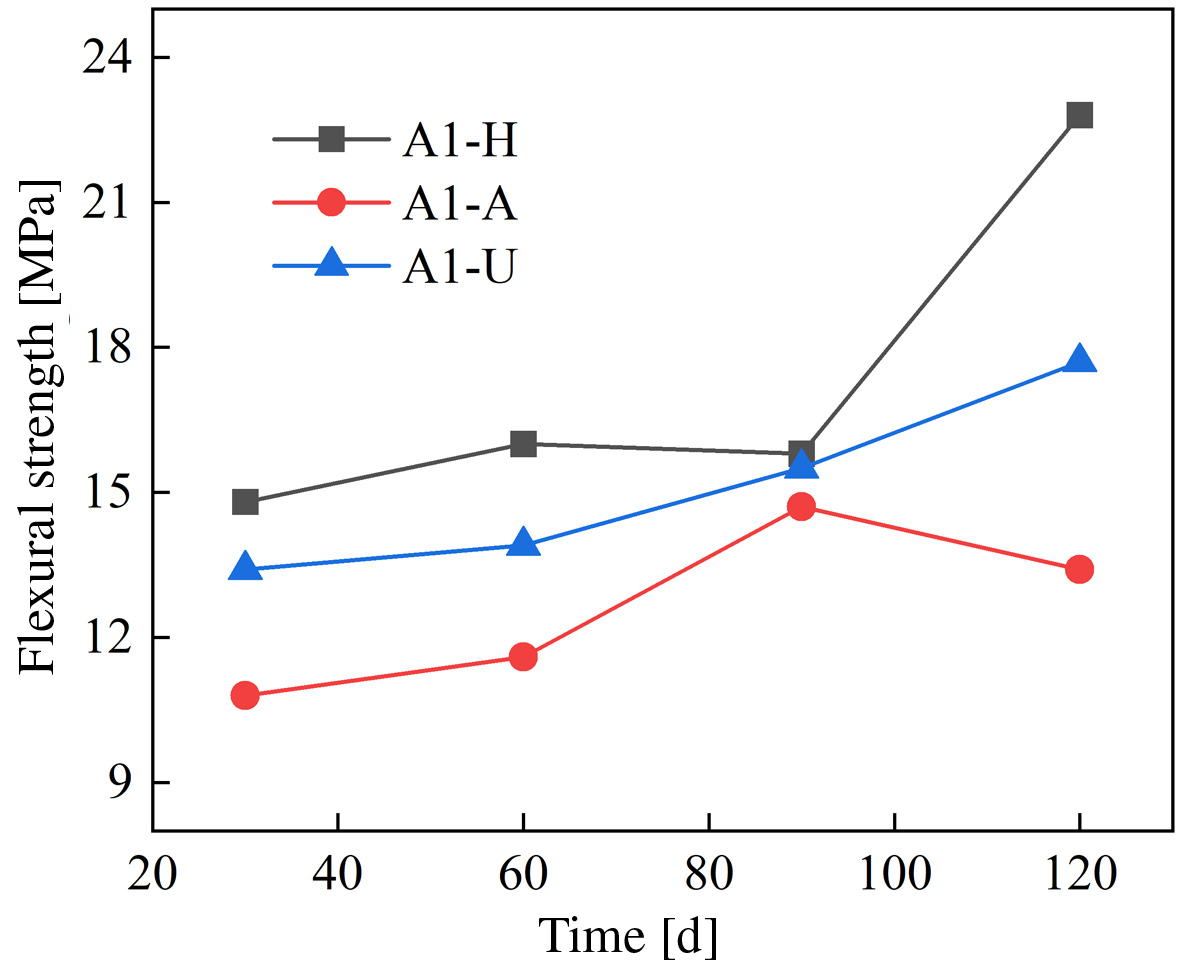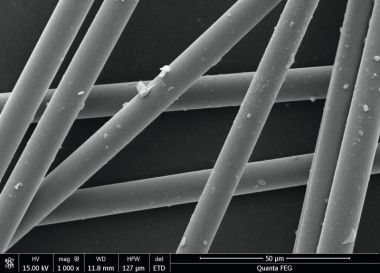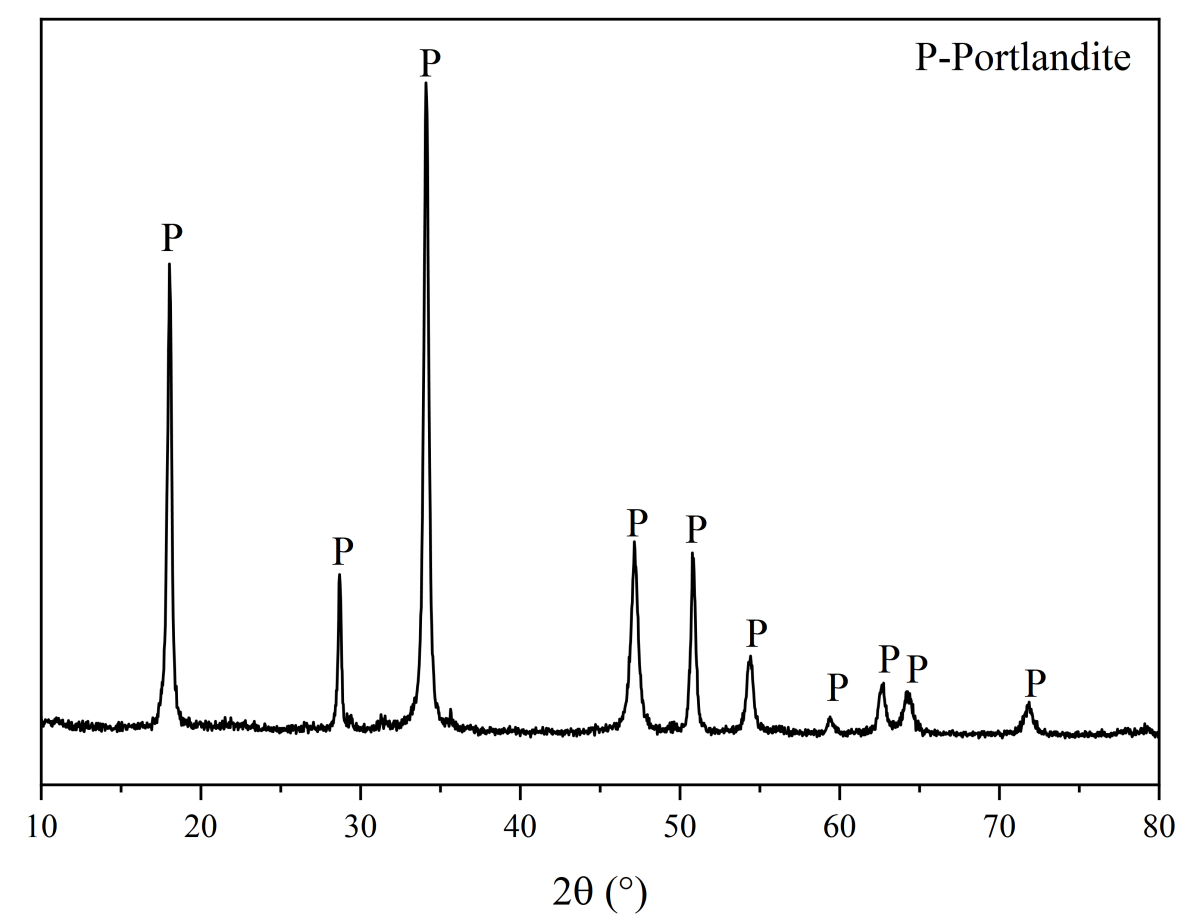Experimental study on the influence of water/cement ratio and polypropylene fiber on the mechanical properties of nano-silica concretes
The purpose of this study was to investigate the effects of polypropylene fiber and water/cement ratio on the compressive, tensile, flexural and abrasion strength, porosity and hydraulic conductivity of nano-silica concrete. Other properties of all specimens displayed extensive mutual similarity. The experimental findings show that, with decreasing water/cement ratio from 0.5 to 0.3, all mechanical properties of the concrete improved, while any further decrease in the water/cement ratio caused deterioration of the flow properties and performance of the concrete, i.e., a reverse effect on its mechanical properties. The highest compressive strength was achieved by introducing 0.1% fiber together with nano-silica. The highest tensile and flexural strength levels, in turn, were obtained for 0.25% fiber, while 0.15% fiber yielded the highest and lowest coefficients of hydraulic conductivity and porosity, respectively, in the concrete samples.
1 Introduction
Due to the fundamental role they play in the economic system of any country, concrete dams are considered as strategic structures. Consequently, the concrete used for building such important structures should display adequate durability and performance. Polypropylene fiber and the water/cement ratio are major factors governing the durability and workability of concrete. It therefore appears advisable to investigate those parameters more closely.
[1] analyzed the effects of various types and volumes of fiber on the characteristics of self-compacting concrete. The same authors also...

